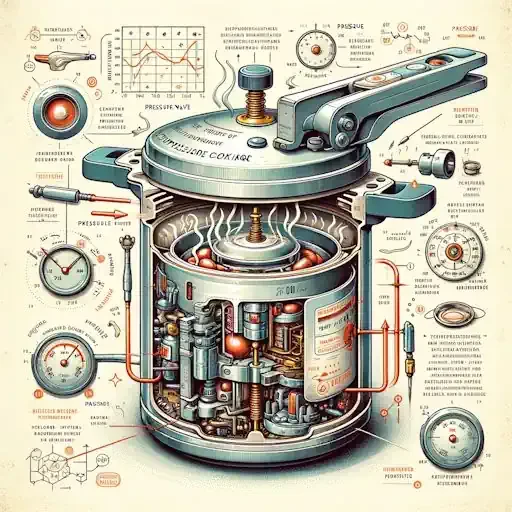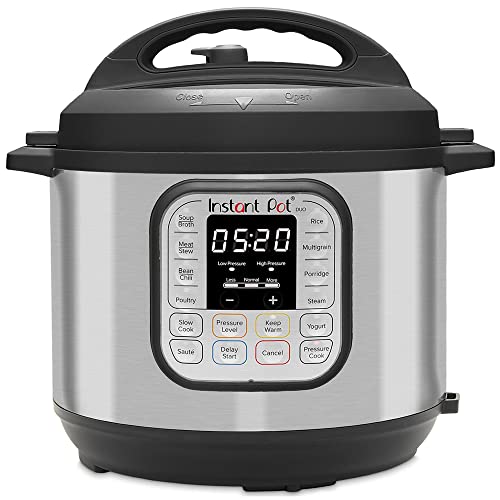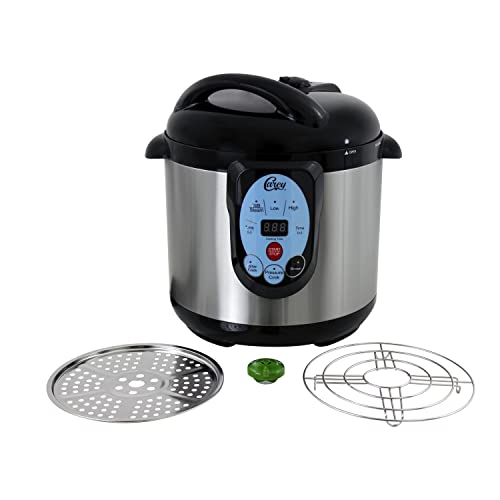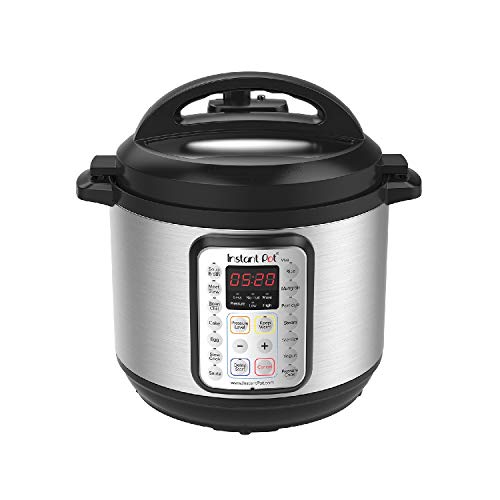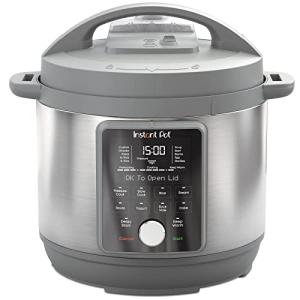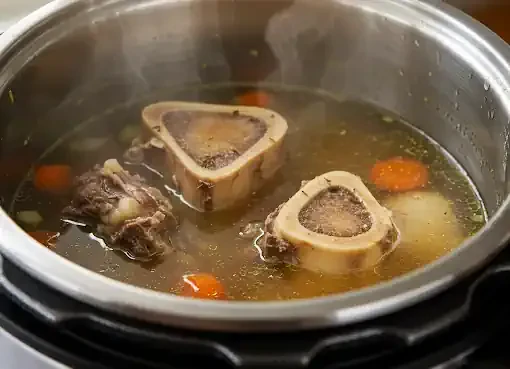At first glance, a pressure cooker might seem like just another kitchen appliance. But beneath its lid lies a marvel of science and engineering that has revolutionized cooking. Pressure cooking, a method used for centuries, has evolved with technology, offering a fascinating insight into the principles of physics and chemistry at play in our kitchens. This article explores the science behind pressure cooking, unraveling how it works and why it's so effective.
The Basics of Pressure Cooking
At its core, a pressure cooker is a sealed pot with a valve that controls the steam pressure inside. When the liquid inside the pot is heated, it generates steam. Since the steam cannot escape, it accumulates, creating a high-pressure environment. This is where the magic begins.
Understanding Pressure and Temperature Relationship
The key scientific principle at play in pressure cooking is the direct relationship between pressure and temperature, described in the ideal gas law in thermodynamics. As the pressure inside the cooker increases, the boiling point of water also rises. Normally, water boils at 100°C (212°F) at sea level. However, inside a pressure cooker, the boiling point can increase to around 120°C (248°F). This higher temperature cooks food faster than conventional boiling or steaming.
How Pressure Speeds Up Cooking
The increased pressure inside the cooker has a physical effect on the food. It forces moisture into the food, which helps it cook faster and also makes the food tender. This is particularly noticeable with tougher cuts of meat, which benefit from the breakdown of fibers and connective tissues under pressure.
Energy Efficiency: A Green Advantage
Pressure cookers are also champions of energy efficiency. The sealed environment reduces heat loss, meaning less energy is required to maintain high temperatures. Consequently, dishes that would take hours to cook using traditional methods can be prepared in a fraction of the time, using less energy.
Nutritional Benefits: Retaining Goodness
One significant advantage of pressure cooking often overlooked is its ability to preserve nutrients. The shorter cooking time and reduced exposure to heat help in retaining more vitamins and minerals in the food. This is particularly beneficial for cooking vegetables, which can lose a significant portion of their nutritional value when overcooked.
Safety Features: Modern Innovations
Modern pressure cookers come equipped with various safety features, making them far safer than their predecessors. These include locking lids, pressure release valves, and safety vents. These features ensure that the cooker can be used without the risk of accidents, which were a concern with early models.
Versatility and Creativity in Cooking
Pressure cooking is not limited to stews and soups. Its fast, high-temperature cooking makes it ideal for a range of dishes, including steamed vegetables, grains, and even desserts like cheesecakes. The high pressure and temperature can also intensify flavors, infusing spices and herbs more effectively into the food.
Conclusion
In essence, the science behind pressure cooking is a combination of physics and chemistry, applied in a way that revolutionizes cooking. It's an amalgamation of increased pressure, higher boiling points, and efficient energy use, all working together to cook food faster while preserving its nutrients and flavor.
Pressure cookers are a testament to human ingenuity, transforming simple scientific principles into a practical tool that enhances our daily lives. They remind us that even in an era of advanced technology, the principles of basic science can have a profound impact on our everyday activities, including something as fundamental as cooking.
In the modern kitchen, a pressure cooker is more than just a convenience; it's a portal to exploring the wonders of science in our daily lives. As we embrace these scientific marvels, we unlock not just the flavors and nutrients of our food, but also a deeper appreciation for the science that makes it all possible.
